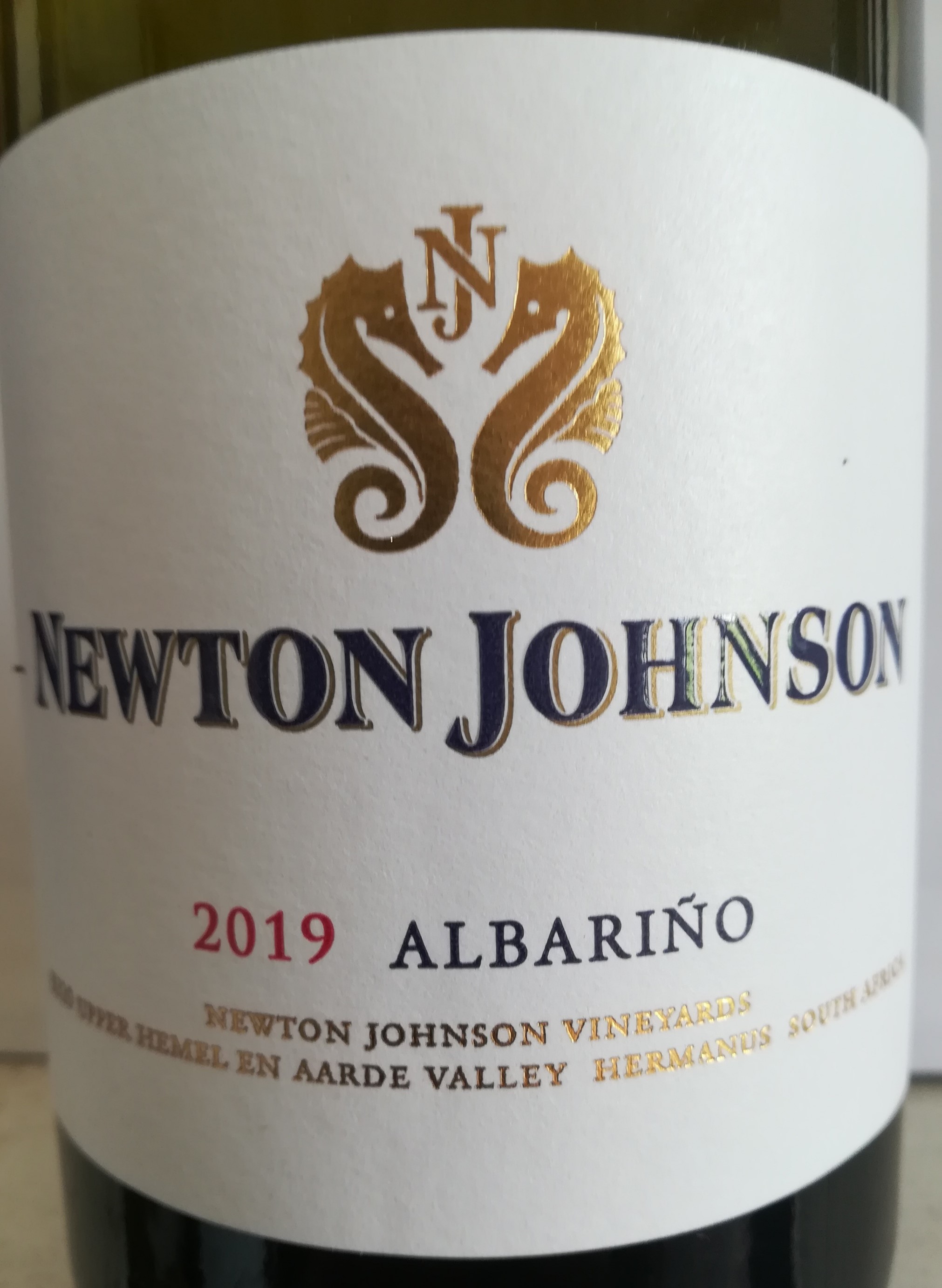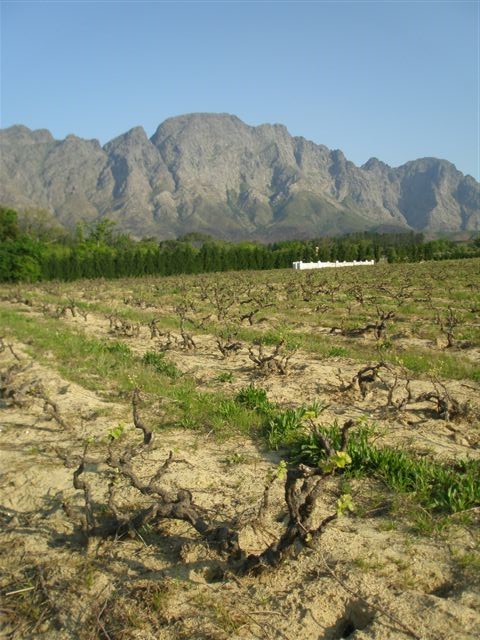Aftermath of the alcohol ban
As the world knows, at the start of Covid-19 lockdown, South Africa took a particularly draconian step by banning the sale of alcohol. In effect, there have been limited or no alcohol sales from midnight on 26th March to midnight 17th August 2020.
This has caused immense losses in revenue, R7 billion is one figure; up to 21 000 jobs and an estimated 80 wineries and 350 wine grape farmers going out of business.
It is true the number of primary wine grape producers has been decreasing anyway, from 3667 in 2009 to 2778 in 2019; as has the area under vine, from 101 259 ha in 2009 to 92 067 ha in 2019. Low prices for wine grapes and higher prices for other crops, such as citrus and apples are mainly to blame.
But there are reasons to think in terms of the glass-half-full, as the annual statistics published by SAWIS (www.sawis.co.za) reveal.
Over the past ten years or so, an exciting array of new varieties has been introduced, many with an eye on how to combat the effects of climate change.
From a standing start, Albariño now accounts for 30 hectares and already some well-regarded wines: Newton Johnson, Springfield and Botanica among them. Grüner Veltliner’s appearance, under Diemersdal’s label so far, warrants its 11 ha.
Rhône white variety, Marsanne has come from nowhere to nearly 25 ha, though more often to be found in blends. Partner, Roussanne is already well-established. From further south in France, we have gained Petit Manseng and Piqueboul Blanc; their contribution is yet to be assessed.
Some love for Carmenère outside Chile, has seen 12 ha planted with a few varietal wines already.
Vermentino, Nero d’Avola and a tiny planting of Grillo have joined our other Italian varieties.
With climate change, Greece has naturally come to mind; locals are soon going to have to get their tongues around Assyrtiko and Agiorgitko.
There are other newcomers but the above illustrates the scope of the Cape’s varietal make up beyond the Big Five.
From newcomers to oldies. One reason so many vineyards are replaced is because of an uneconomic yield, often due to leafroll virus. Improvement in viticulture over the past ten years should see healthy, older vineyards produced quality, concentrated fruit in viable quantities.
There are already positive signs; the area under white varieties 20 years and older has increased from 15.4% in 2009 to 30% in 2019 (Chenin Blanc and Colombard comprise the lion’s share). The biggest increase in reds lies in the 16 – 20-year-old vines, where the rush of planting Cabernet and Syrah in the 2000s has helped the percentage rise from 3.7% to 40.9%.
Mention of old vines has to include The Old Vine Project, dedicated to vines 35 years and older. The search for old vines was started in 2002 by Rosa Kruger; today it is a formal non-profit company with more than 80 members. Wines from vineyards certified as over 35 years may bear the Certified Heritage sticker. The project itself as well as the quality of the old vine wines has helped South Africa gain international repute.
There will be irretrievable losses due to the alcohol ban, but there are also encouraging foundations from which the wine industry can climb back stronger than before.


- Blog by Angela Lloyd